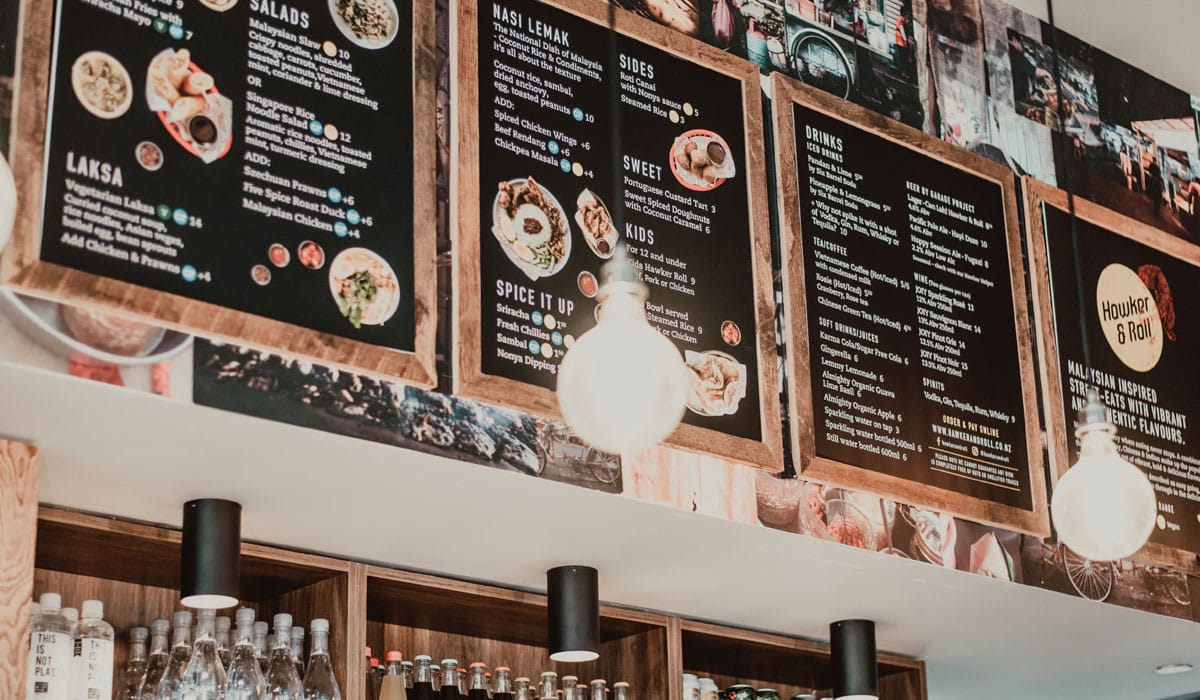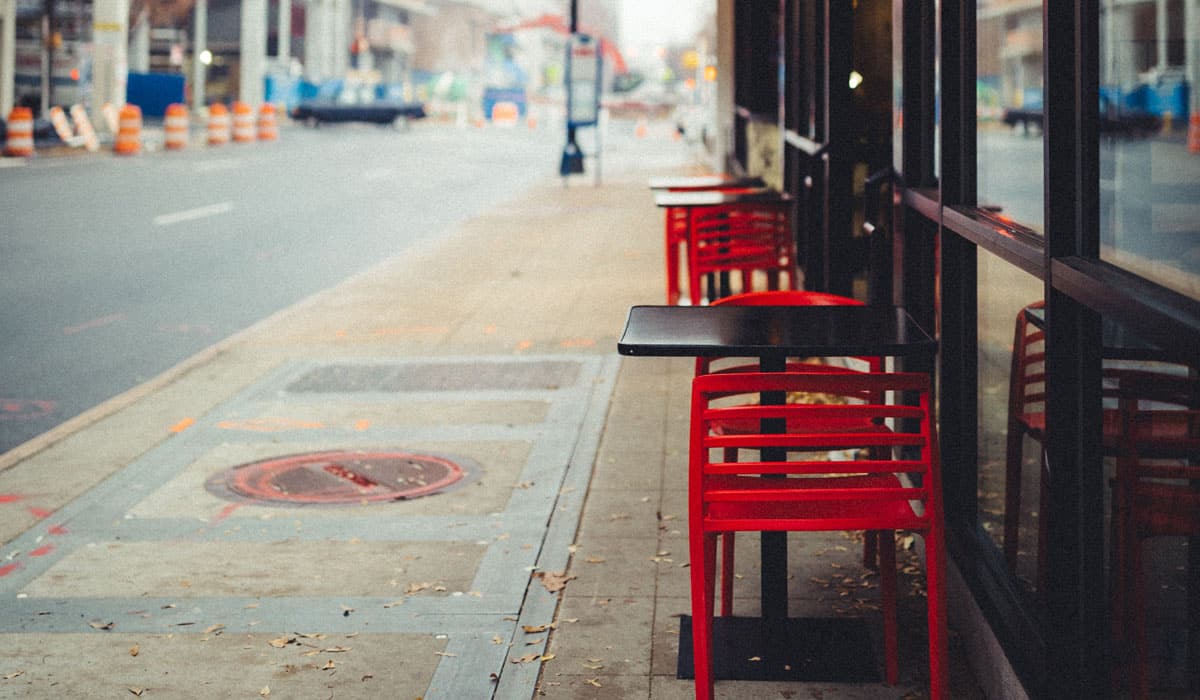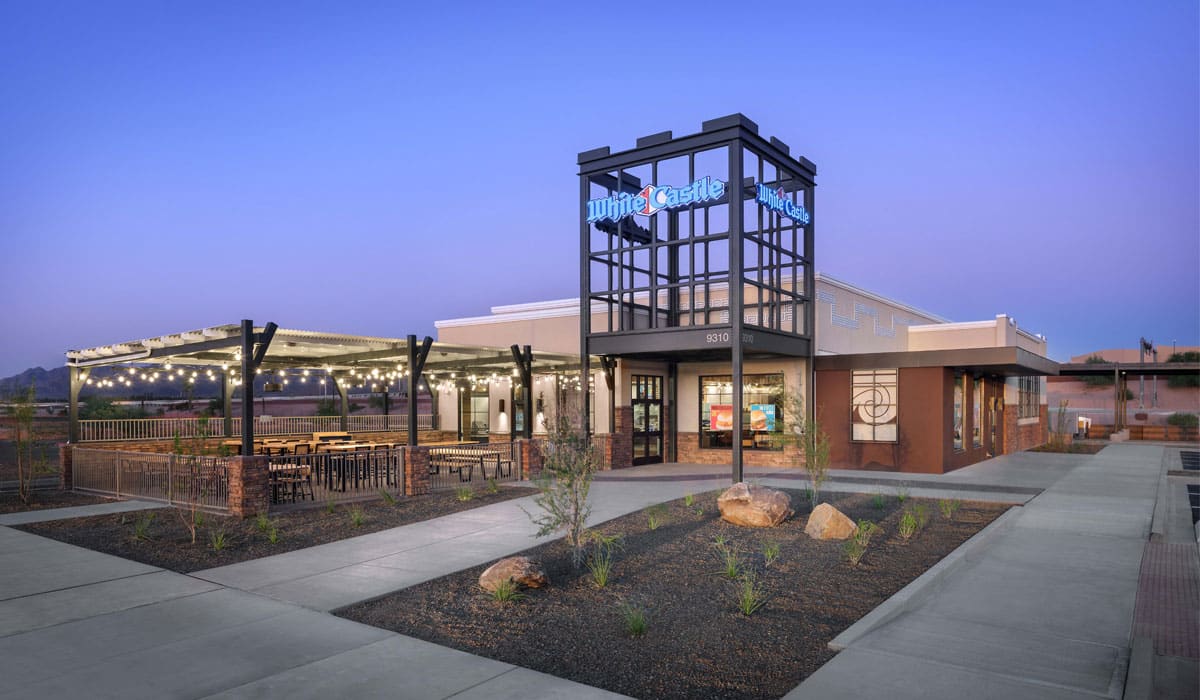As many restaurant chains did in the thick of COVID-19, Del Taco paused company development. It resumed in Q3 as business metrics recovered and stabilized, with same-store sales rising 4.1 percent, year-over-year, and revenue inching upward 0.5 percent to $120.8 million.
CEO John Cappasola said the 596-unit brand (295 corporate stores and 301 franchised) expected to infill core Western markets and seed emerging ones, all with the goal of stimulating long-term franchise growth, including plans to enter Orlando, Florida, in 2021.
Yet optimism wasn’t tied solely to boosted results relative to COVID lows. Cappasola was optimistic favorable dynamics could greet the brand not in spite of the pandemic, but because of it. Namely, additional franchise interest and drive-thru concepts, as well as increased real estate availability. Operators recognized the extra levers now available: Del Taco lifted its app user base 38 percent to 1.2 million people in less than a year. It also pushed delivery mix to more than 6 percent of systemwide sales and saw company-operated delivery check average stand at 1.85 times its at-restaurant average.
While these trends materialized, Del Taco plotted. In October, the company told investors it was in the final stages of developing a new restaurant prototype “to help capitalize on these opportunities.”
“These efforts are expected to help enhance our targeted new unit return profile and expand our real estate access,” Cappasola said. “This will allow us to be opportunistic in regards to real estate and conversion opportunities as it includes a smaller footprint drive-thru-only model to accommodate smaller sites. The new prototype will include a modernized design, improved functionality, and other operational enhancements that will refresh the brand and position us well for growth in the future.”
On Tuesday, Del Taco unveiled the new design, labeled “Fresh Flex.” It expands real estate potential and helps lower net investment costs, the company said, as well as provide “ultimate convenience for guests and [optimize] operational efficiencies.”
DEL TACO’S COVID-19 ROAD
Del Taco’s Performance Lays Groundwork for Innovative Store Designs
Innovation Doesn’t Miss a Beat at Del Taco
Del Taco Keeps Beating the COVID Odds
“Continuing to adapt and evolve is the lynchpin for Del Taco to remain ahead of the curve in the restaurant industry,” Cappasola said in a statement. “Our new prototype solidifies our relationships with new and longstanding fans by offering them the most efficient, convenient and enjoyable environment possible. Equally as powerful, ‘Fresh Flex’ propels broader growth opportunities.”
The unit focuses on three pillars—restaurant accessibility, speed of service, and brand transparency.
There will be contactless third-party delivery pickup stations, double drive-thru lands dedicated to mobile orders or delivery driver pickups, and dedicated parking lot areas for those who want to park, eat, and go. The kitchen was also redesigned to optimize labor. Del Taco introduced a new workforce management system recently that allows operators to “make sure they are putting the right feet and hours on the floor to provide a good guest experience,” CFO Steve Brake said earlier.
Del Taco collaborated with hospitality design firm MY Studio ID on the prototype. The exterior and interior is redesigned, too, with a focus on capturing “Fresh as Del” positioning. The building features back-lit towers and a vibrant color palette. Inside, built-in freshness coolers provide a transparent display of Del Taco’s ingredients, prepared daily. Additional visibility extends to a working kitchen where guests can see employees in action—slicing avocados, grating cheddar cheese, grilling chicken and carne asada, and so on.
Del Taco said the new store design will unfold via multiple buildout options to maximize growth through a “Menu of Venues” strategy the company hinted at previously. “Fresh Flex” will vary in size from 1,200 to 2,400 square feet. This includes small footprint drive-thru only models, drive-thru endcaps, conversions, and freestanding sites. The drive-thru only version is listed at less than 1,200 square feet.






“We put a major emphasis on optimizing kitchen efficiency. It is the production engine of our brand, so each new restaurant size scales around the kitchen,” said Chad Gretzema, Del Taco’s chief operating officer. “The operational enhancements in the kitchen as well as in the front of the house strengthen our four-wall economics, and align us with our franchise partners’ top priorities while we drive new unit growth.”
Beyond new locations, Del Taco plans to apply the fresh design to current restaurants as a remodeling opportunity.
“First and foremost, we needed a design that was going to support our aggressive growth goals,” Billy Jensen, an operating partner of Jetz Foods, a multi-unit franchise group in the Southeast, said in a statement. “In site selection, a ‘one-size-fits-all’ model doesn’t work because every market is different.”
Cappasola noted in October Del Taco’s prototype would give it a “real concept” to consider as it hunts real estate, company and franchise, in the next three to five years.
A key unlock, as mentioned before, is the ability to get into real estate outlets like conversions and smaller parcels of land. In turn, opening infill scenarios that it couldn’t penetrate before with standard drive-thru prototypes.
Similar to Starbucks’ and Chipotle’s recent portfolio diversification, it allows the brand to rethink what a saturated market truly looks like. And that’s going to become a more frequent talking point as COVID clears and store closures leave conversion-ready real estate behind.
In Chipotle’s case, the company said in December it was planning a “Chipotlane”-only restaurant in Kansas City. Previously, Chipotle viewed the older market as mature and even on the verge of bursting. But digital gains gave Chipotle a chance to reimagine trade areas and how it could serve guests without relying on its historic real estate lineup.
The same is true of the brand’s digital-only “Chipotle Digital Kitchen” located just outside the gate of the military academy in Highland Falls, New York. The military academy nearby created a heavy delivery, order-ahead, and pickup proposition—a trade area Chipotle would have ignored if not for the fresh model.
Del Taco completed four remodels at the end of 2019, beginning of 2020, with a focus on consumer-facing elements. It saw compelling top-line results, but paused due to COVID. Four were scheduled for Q4. Again, centering on streamlining costs, minimizing downtime, and optimizing guest-facing elements.
At the end of Q3, company dining rooms remained closed, but Del Taco said it was able to make up for lost traffic through off-premises gains.
The restaurant plans to lean even further in 2021 by placing employees outside near drive-thru lanes to enhance throughput at high-volume stores. The chain wants to also leverage the performance of its delivery channels and app to test curbside pickup and develop more bundles to grow its share of party-size occasions.










